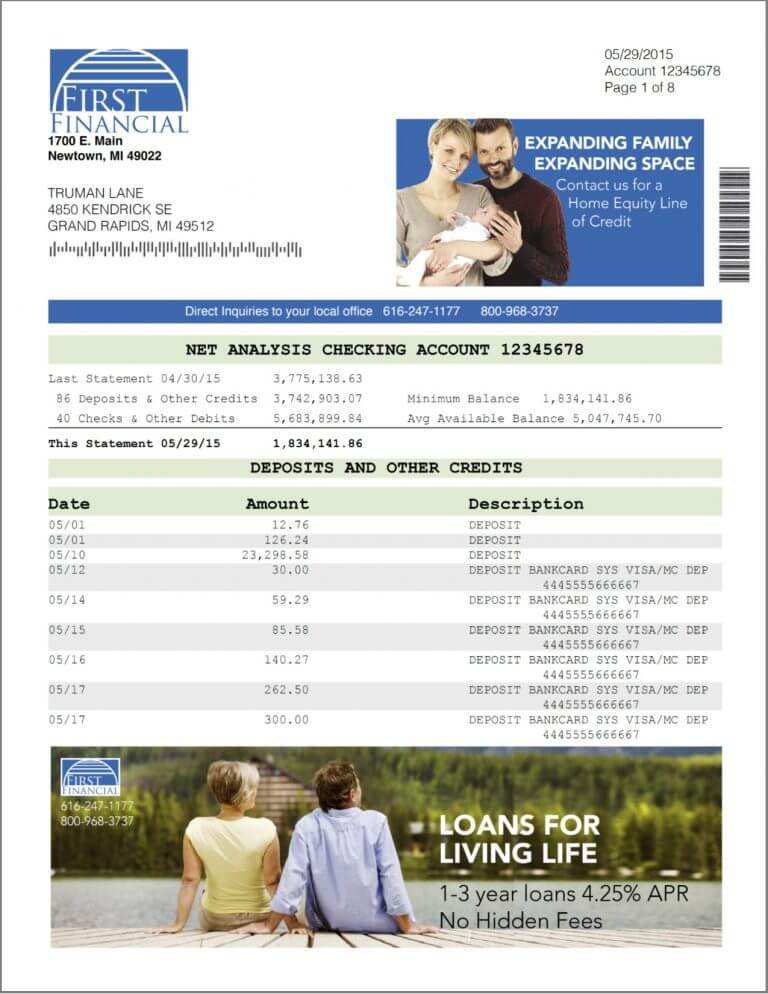
If you work in marketing, you know how challenging it is to capture anyone’s attention. Emails are ignored, ads are skipped, and social feeds move too fast to make a lasting impression. Many organizations share the same struggle: breaking through a world already drowning in digital distractions.
Yet digital printing offers a fresh approach. Instead of being relegated to “old school” status, today’s digital presses have transformed into advanced tools that deliver vibrant, personalized, high-quality materials. These assets not only enhance campaigns but also make it easier to connect with customers in ways that linger in their memory.
At STPT, we’ve partnered with businesses of all sizes, from small marketing firms to large enterprise print providers, to demonstrate how digital printing technology can transform campaigns. In this article, you’ll learn five practical ways digital printing can fuel your marketing strategy, plus see how it can open up new opportunities for growth.
What is Digital Printing?
Digital printing involves printing digital images directly onto various media without the need for a printing plate. Digital files like PDFs or desktop publishing files can be sent straight to the digital printing press to print on substrates such as paper, canvas, fabric, or synthetics.
Historically, offset printing was the only method capable of producing high-quality, vivid color prints. Digital printing was once considered a lower-quality alternative, but this has changed dramatically. Advances in digital printing technology now enable machines to produce high-quality, colorful, and efficient prints comparable to offset printing.
Offset printers can be expensive and may not be practical for businesses that don’t require high volumes. As a result, many companies outsource their print jobs or overlook printed marketing altogether. However, with digital printing, producing cost-effective marketing materials has become more accessible. It offers a powerful way for businesses to market themselves effectively and affordably.
Below are five ways your business can leverage digital printing to boost revenue and enhance marketing efforts.
5 Ways Digital Printing Can Impact Your Marketing Strategies
1. Direct Mail That Actually Gets Noticed
Think about your inbox. Dozens of emails arrive every day, and most of them go unopened. Now compare that to your physical mailbox. According to Statista, the average U.S. household received up to 455 pieces of direct mail in 2021. That may sound like a lot, but think about how many emails you get in a single month. For most of us, it’s easily hundreds, often more than that.
That’s the difference: direct mail isn’t competing with the same level of noise that email is. And when it does arrive, it makes an impact. In fact, PostGrid reports that “60% of customers say receiving direct mail leaves a lasting impression in their everyday lives and helps them recall advertising later on.”
With digital production printing, you can make direct mail even more powerful by personalizing it. Printers like the Xerox PrimeLink C9200 Series include tools such as XMPie templates, making it easy to add a customer’s name, location, or even tailored offers to each piece. Combine that with specialty finishes like metallics, fluorescents, or textured embellishments on presses like the Xerox Iridesse, and your mail isn’t just noticed, it’s remembered.

2. TransPromo Marketing: Turning Everyday Documents Into Revenue
Bills, statements, and invoices don’t usually scream “marketing opportunity,” but they can be. Every time you send one of these documents, you’re guaranteed a customer will look at it. That makes it a powerful opportunity to include promotional messaging alongside the required information.
This approach is often called TransPromo marketing (short for transactional + promotional). In simple terms, it means taking documents that are already going out the door and adding targeted offers or messages. These can include a coupon for a future purchase, a personalized upgrade suggestion, or information about a new service.
Digital production printers make this possible by combining everyday document printing with marketing automation. With tools like Xerox FreeFlow Core, you can merge customer data directly into the file so each statement or bill is unique and relevant. Instead of sending a separate flyer or email, you’re using the space on a document the customer already expects, keeping costs low while increasing the chance your message gets noticed.

Photo courtesy of Extend Your Reach
3. Packaging That Doubles as Advertising
Every product needs packaging, and packaging is one of the most visible forms of marketing. With digital printing, you don’t need massive runs to create eye-catching, customized packaging.
Want to test a seasonal design or create region-specific campaigns? Digital presses give you the flexibility to do short runs without the expense of offset printing. They can also handle a wide range of substrates, including cardboard boxes, labels, stickers, and even flexible packaging.
For example, food and beverage brands use metallic or fluorescent spot colors to make products stand out on crowded shelves. Digital packaging doesn’t just protect your product; it reinforces your brand in a way customers notice the second they pick it up.
4. Photo & Specialty Products for Deeper Brand Engagement
Print isn’t only about flyers and brochures. You can also print calendars, photo books, posters, and other specialty merchandise. These items are often kept, displayed, or shared, which means they carry your brand further and for longer.
With today’s digital production printers, images are sharper, colors are more vibrant, and specialty effects are easier to achieve. Printers like the Xerox Iridesse can reproduce skin tones with lifelike accuracy, add metallic hues, or even create effects that glow under UV light. This is possible with the use of the CMYK+color model.
And this isn’t just a side opportunity, it’s a growing market. The overall photo printing market is expected to grow at a compound annual growth rate (CAGR) of 3.2% between 2023 and 2032, according to Custom Market Insights. That means more demand for photo books, posters, calendars, and specialty products in the years ahead.
For creative agencies or in-plant print shops, this opens up new service offerings. Instead of outsourcing, you can bring these projects in-house, adding value for your customers and creating new revenue streams for your organization.

5. Books, Brochures & High-Value Collateral
Catalogs, workbooks, training manuals, and event guides are all examples of materials that can be produced more efficiently with digital presses. Where offset used to require massive minimum orders, digital printing allows for shorter runs with the same professional quality.
The Xerox PrimeLink C9200, for example, supports everything from booklets to extra-long banners up to 51 inches. That means you can print saddle-stitched brochures one day and retail signage the next, all on the same device.
This versatility benefits marketers who need to adapt quickly. Whether it’s launching a new campaign, producing collateral for a trade show, or creating high-end brochures to win over clients, digital printing gives you the flexibility to act fast without compromising quality.
Why Digital Printing Belongs in Your Marketing Mix
Digital printing enables more than just producing materials; it broadens the potential in your marketing efforts. From personalized direct mail and TransPromo documents to packaging, photo products, and high-value collateral, the benefits are clear:
- Faster turnaround times
- Shorter, cost-effective runs
- Personalization at scale
- Specialty finishes that stand out
- Flexibility to handle many applications on one device
In a world where digital channels are overcrowded, print offers something different: a tactile, memorable way to connect with your audience. With the latest digital production printers, businesses and organizations of any size can tap into that advantage.
See How Digital Presses Are Used in the Real World
Curious about the technology behind digital printing? Read our guide, What Are Digital Presses and Their Use Case? We break down what digital presses are, their price ranges, and the kinds of projects they’re best suited for. It’s the perfect next step if you’re exploring how digital printing could fit into your marketing strategy.
If you’re already thinking about bringing digital printing in-house, check out our article: [Is a Production Printer Right for Your Business? + Costs]. It will help you weigh the investment, understand potential ROI, and see if now’s the right time.
